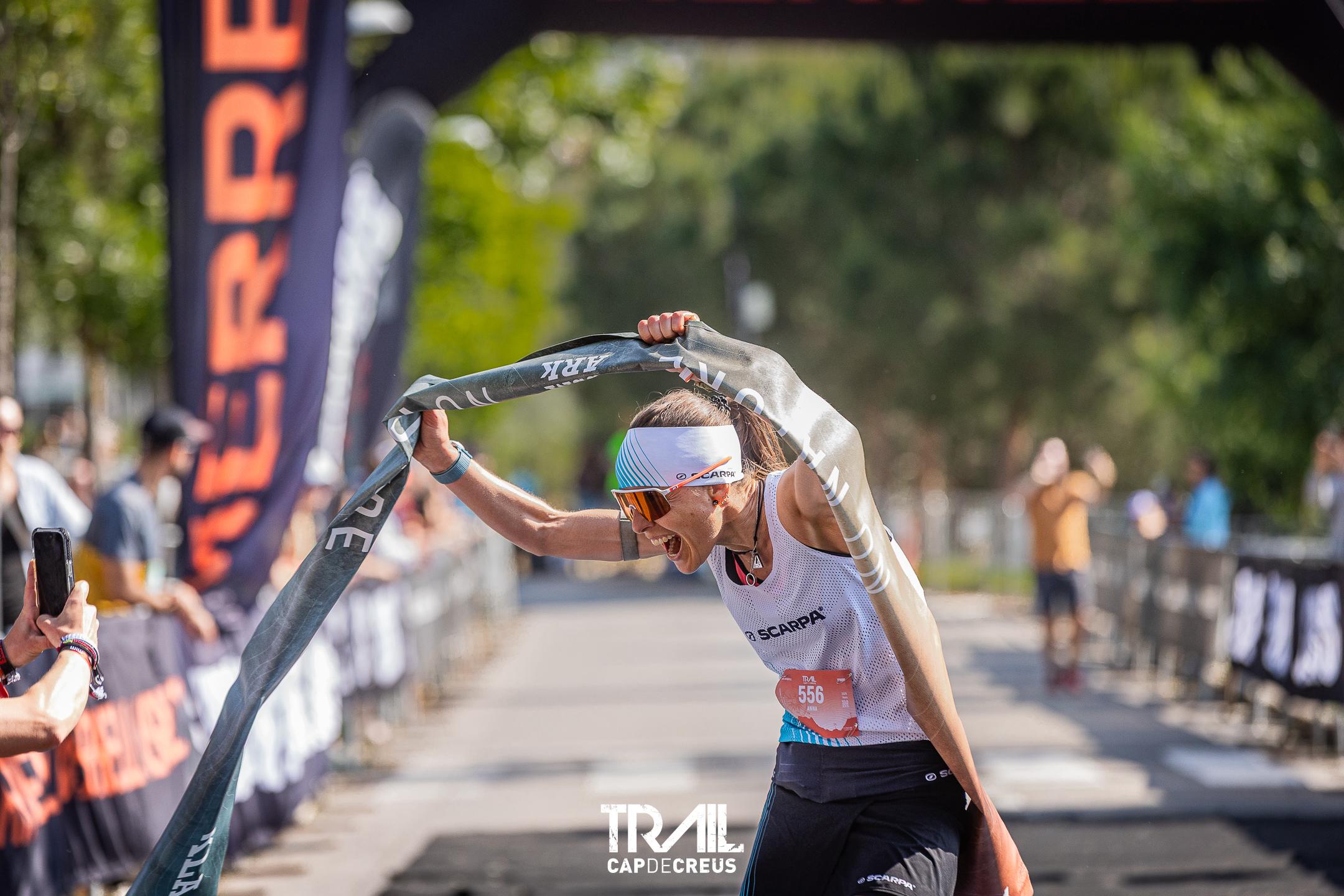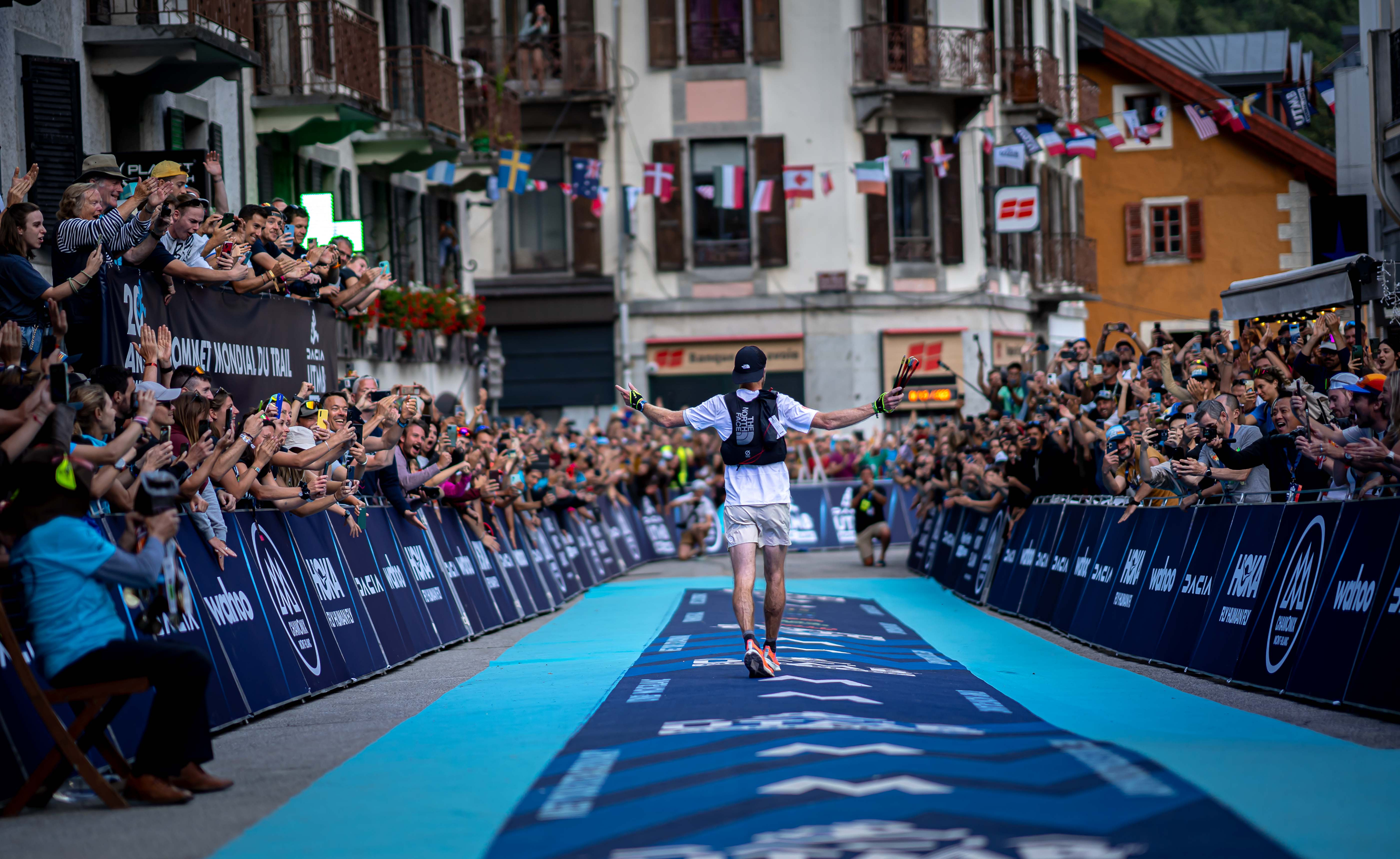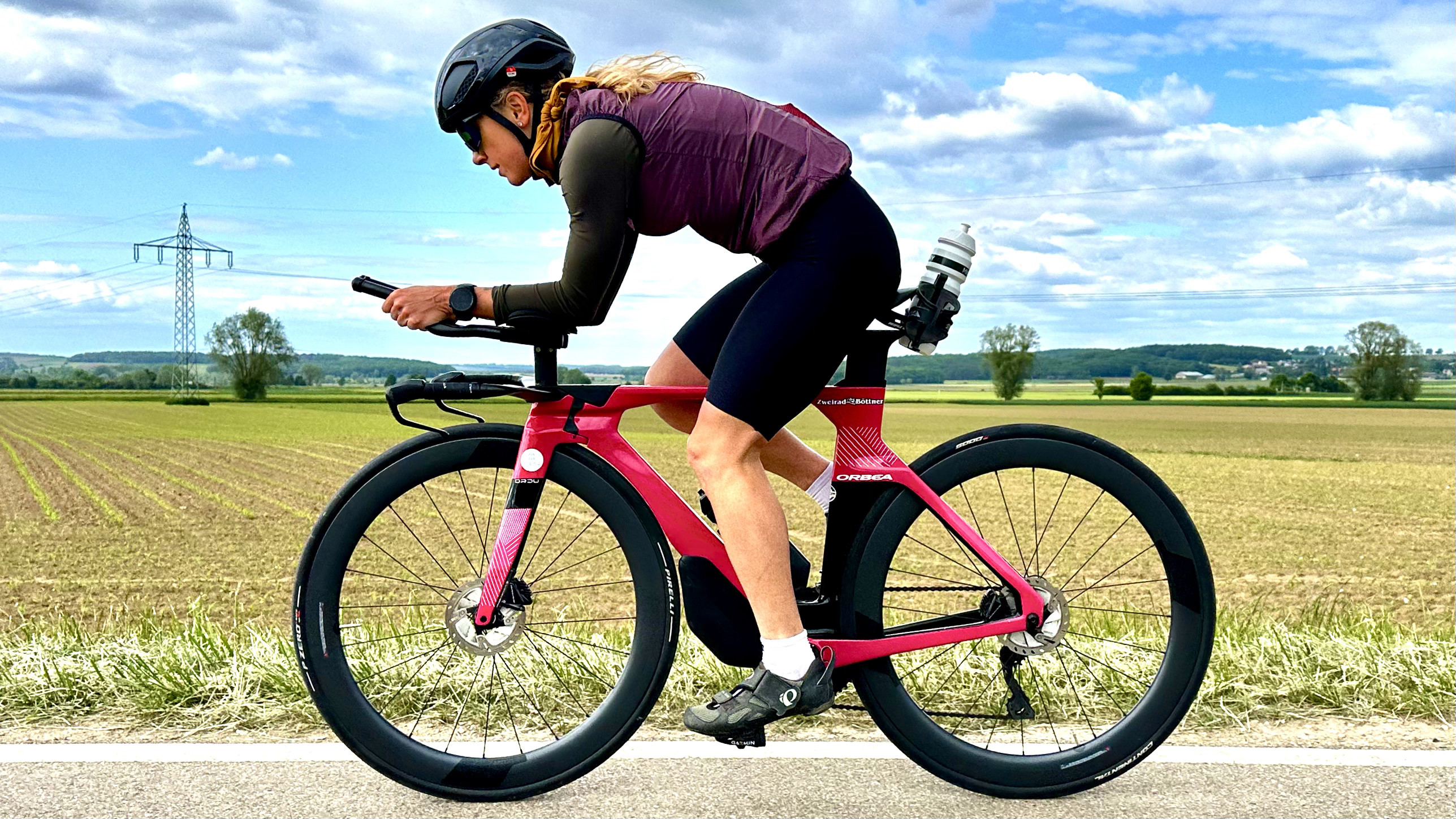If there’s one thing I’ve learned after going through two post-pregnancy recoveries, it’s this: every person, every moment, and every pregnancy is different, so comparing yourself to others isn’t helpful, and often takes away from your own journey.
When I look back, the return to sport after childbirth has always been physically, mentally, and emotionally harder for me than pregnancy itself. Life changes completely once the baby arrives. With a second child, it changes less, there is only more work.
Your habits shift. Your routine and priorities shift. Sleep becomes harder to come by. Your body has changed, and your hormones are focused on survival, not performance or sport. Rather than expecting fitness to snap back overnight, I’ve learned to ease into it. I try to enjoy the process of adapting to a new life, with a new baby, in a body that’s constantly changing. For me, it's a good option.
That said, it’s important to start with two guiding principles. First, make sure there are no medical contraindications that could put the mother's health at risk. Second, approach this stage calmly. Let things settle at their own pace, and respect the timeline that your own unique body needs. With those in mind, I’d like to share how I’ve managed my return to training and competition now that my second child is five months old.
Related: Want to know how Anna trained through pregnancy? She shares her trimester-by-trimester approach in her pregnancy training diary.
When Can You Start Moving Again?
Once you feel ready, there’s no set timeline for getting back to movement. Every birth is different (cesarean or vaginal, with stitches or without) and every woman experiences pain differently.
In my case, the second delivery was vaginal and without stitches. I was already moving as soon as I stood up from the delivery room bed. That doesn’t mean I returned to full training, but I listened to my body and followed its lead.
For example, after my first pregnancy, I needed a full month before I could ride a bike. After the second, I was back on the bike just five days later without any pain. During the first few weeks, many things need to fall into place. It is important to follow your doctor’s recommendations to ensure your uterus recovers properly and to avoid unnecessary stress on your pelvic floor.
What Exercises Did I Start With?
I introduced progressive aerobic work almost naturally: first walking with the baby, then walking at a progressive pace, rollerblading and ski mountaineering (all activities with little or no impact). Because I trained my pelvic floor well throughout pregnancy, I was able to return to running after just 25 days. That wasn’t the case after my first child, when I needed closer to two months.
General strength work was also a big help at this stage. I started with bodyweight exercises and resistance bands, paying close attention to pelvic floor engagement. As I gained strength and felt better, I slowly added external weight. Throughout the process, I was guided and supervised by professionals.
Want to follow Anna’s routine? Her postpartum strength circuit is available in the COROS Workout Library. This full-body session targets core, glutes, and posture, using functional movements to support recovery.
When Is It Time to Resume Structured Training?

There’s no exact answer, and if you try to force one, you’re likely to go wrong. If you really listen, your body will tell you what it needs.
This time, we returned to structured training three weeks after giving birth. I felt great, energetic and eager to get started.
From there, I followed a gradual seven-week progression. The plan started with very light training loads, generous recovery periods, and then began a very slow build in intensity. The goal was to let my body adapt while respecting the hormonal rhythm.
Another objective was to sync training with my breastfeeding needs. Breastfeeding and training can absolutely be compatible, but you do need to support it with good nutrition: healthy fats, quality proteins, and a clean, balanced diet.
This stage isn’t about rushing. Some weeks bring clear progress, and others feel like setbacks. You might feel far from your pre-pregnancy self, and that’s okay. Forcing your body to do something it’s not ready for only slows the process. If you’re patient, listen to your body, and let things unfold naturally, your fitness will return naturally.
When Does It Start to Feel Normal Again?
Every woman’s timeline is different. For me, by around four months postpartum—actually a little before that—I felt my body was finally adapting well to the training load. At that point, I started to train more specifically for my sport: trail running. I gradually increased both volume and intensity. I continued to combine impact sports, such as running, with non-impact sports, such as ski mountaineering, cycling, and elliptical (something I already do in normal training cycles).
Now that my little one is 5 months old, I'm nearly back to normal training. I have to learn to manage recovery very well and give my body enough time to absorb the increase in volume and intensity. It still reacts slowly, but I feel closer and closer to the almost complete return.
When Is It Time to Compete Again?

Again, this is something very personal. I am passionate about competing and, with age, I’ve realized that results matter less to me than the experience itself, how I feel, the atmosphere, and seeing improvement.
At two and a half months postpartum, I tested myself in a 14K race, and it was way too soon. I did not know how to adapt the pace to my circumstances. I got carried away by the excitement and I went out like a headless chicken. I arrived at the finish line as if I had run an ultra marathon and it took me more than five days to return to normal training.
A month later, at 3 months and 3 weeks postpartum, I tried again. This time I entered a mountain half marathon, and things were completely different. I had built a stronger base, understood my pacing better, and had a great experience. I raced well and recovered well.
Then at 4 months and 3 weeks, I raced another half marathon. It didn’t go as smoothly. I had heavy legs and didn’t recover as quickly. I likely hadn’t managed my training load well in the weeks leading up. My body still needs a little more time to recover, but I’m learning from each race!
If there’s one takeaway, it’s this: the body doesn’t lie. If you listen to it, it will guide you. And if you respect its rhythm without forcing anything, it can do magical things.
There will be tough days. Days when you feel like you’ll never get back to where you were. But if you stay patient, I believe you can return even stronger than before. Resting heart rate improves, training loads increase, VO2max goes up, and eventually your fitness returns.
What matters most? Trusting the process. Surrounding yourself with good professionals. Having patience, and most importantly, staying fearless and never giving up.
/fit-in/0x18/coros-v2/images/common/logo_black.png)




